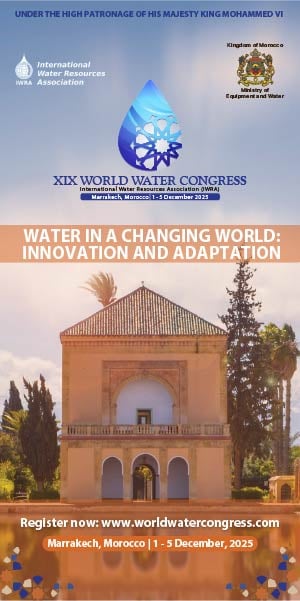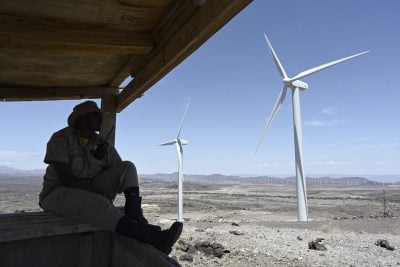South Africa has plans to link its massive platinum reserves to the green hydrogen market that is touted as a trillion-dollar opportunity in the green energy world.
Platinum is a key input in hydrogen fuel cell technology, able to withstand higher temperatures than other metals and a catalyst for generating an electrical current. A new public-private partnership is investigating ways to transform the country’s platinum belt into a “hydrogen valley”.
In October the partnership released a feasibility study that identifies three potential catalytic green hydrogen hubs: a Johannesburg hub with spokes extending to nearby Rustenburg and Pretoria; a Durban hub, encompassing the ports of Durban and Richards Bay, and a third hub that will include the platinum belt across the Limpopo and North West provinces.
Green hydrogen production needs to be powered by solar energy and South Africa has some of the best solar and wind energy potential in the world, positioning it to build a new industry to serve growing demand.
Green hydrogen is increasingly being integrated as a power source for ships, aircraft, industry and cars. There are many other uses for its by-products, which include ammonia and methanol.
Market set to expand
At present, less than 1% of hydrogen produced globally is considered to be green. The rest is made by stripping hydrogen from fossil fuels such as methane, natural gas or coal. South Africa already has capability in brown and blue hydrogen, which utilise fossil fuels, and its National Hydrogen and Fuel Cell Technologies Research, Development and Innovation strategy (Hydrogen South Africa), was launched in 2008.
But climate change activism has directed the focus to green hydrogen; the World Platinum Investment Council reckons that this will be a $2.5 trillion industry by 2050, supporting 30m jobs. Climate activism is driving the Green Hydrogen Catapult initiative, a global coalition to accelerate the scale and production of green hydrogen 50-fold over the next six years.
Japan, which is planning to import up to 800,000 tonnes a year of the product from 2030, could be a market for South African exports, says Thomas Roos, a researcher at South Africa’s Centre for Scientific and Industrial Research (CSIR). Just a 25% share of Japan’s anticipated demand would be a $600m market, he says.
The experts caution that South Africa cannot just focus on the export market but also needs to stimulate demand domestically.
The mining sector is one of the pioneers in this regard. Platinum miner Anglo Platinum is building a 75 MW solar photovoltaic powered plant at its Mogalakwena platinum mine with a view to expanding this to 320 MW of solar power generation. The excess electricity will be used to produce green hydrogen.
Capturing the benefits
A benefit of this new energy source is not just the export earnings potential and job creation – the feasibility study estimates 14,000-30,000 jobs per year – but also the fact that, as a new industry, it does not threaten vested political coal and fossil interests in South Africa, as renewable energy has. This may give this new sector a fighting chance of avoiding onerous and constraining regulation as it seeks to grow into a competitive force at home and abroad.
But South Africa faces stiff competition. Argentina, for example, is well advanced in this sector, joining Chile and Saudi Arabia. Morocco, too, is in the game and could erode South Africa’s competitive advantage with its strategic location next to the giant European market.
The country needs to move quickly to exploit this advantage to secure its place in the rapidly moving global energy transition.
Read more about the future of African energy in our special report.
Want to continue reading? Subscribe today.
You've read all your free articles for this month! Subscribe now to enjoy full access to our content.
Digital Monthly
£8.00 / month
Receive full unlimited access to our articles, opinions, podcasts and more.
Digital Yearly
£70.00 / year
Our best value offer - save £26 and gain access to all of our digital content for an entire year!

 Sign in with Google
Sign in with Google 





